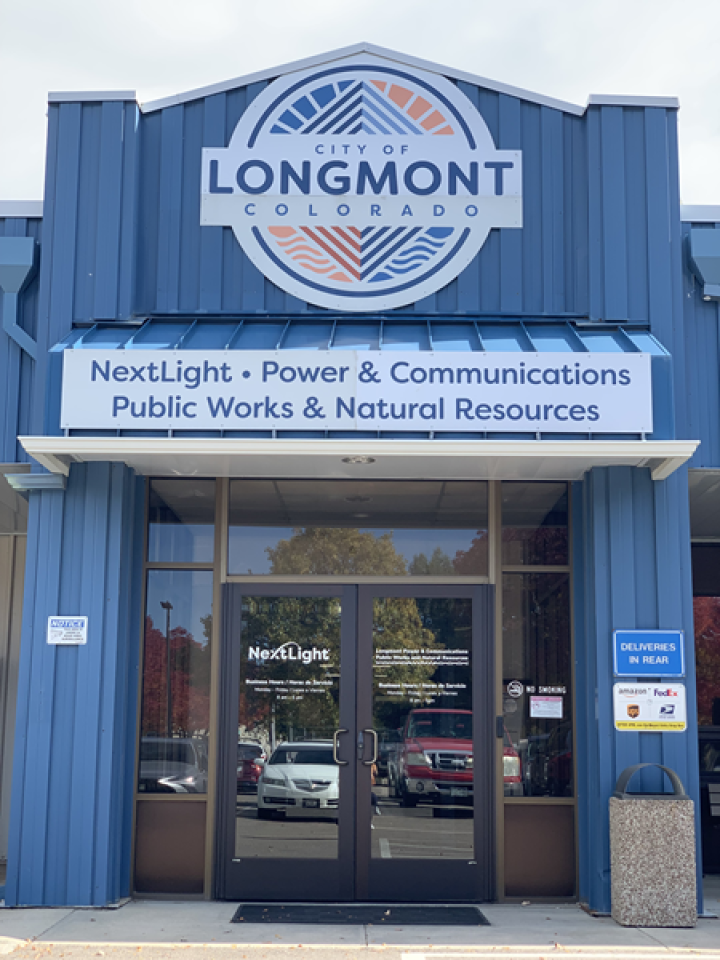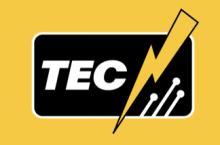
Since it first broke ground in 2014, Longmont, Colorado’s city-owned NextLight fiber network has won numerous awards and inspired countless communities nationwide.
Now the popular community provider has reached another milestone: it now delivers next-generation affordable fiber access to 28,000 area residents.
The municipal broadband provider also announced that ongoing community support means the city is on track to repay its construction bond by the 2029 due date.

“NextLight currently passes about 90 percent of the 47,000 premises in Longmont,” NextLight’s Scott Rochat told ILSR. “So at present, we serve about two-thirds of those homes and businesses. We’re delighted to see that so many in the community have chosen to make NextLight their choice for internet service, and we keep welcoming more.”
Last year, Rochat told ILSR the network passed 42,000 premises and was seeing a 64 percent take rate in Longmont.
The network has been so popular locally that officials have pushed the fiber network into neighboring areas, funded exclusively by subscriber revenues and money set aside for capital projects, with no bonding or other supplementary funds involved.
“Longmont is a growing community, so we’re never truly complete – we always have new developments to reach out to and new growth to keep pace with,” Rochat said. “We expanded to the north side of Colo. Highway 66 in March 2024. Today, we have a take rate of about 56 percent there and a lot of very happy customers.”

Subscribers within range of NextLight service currently have the option of symmetrical 100 Mbps (megabit per second) service for $40 a month; symmetrical 1 Gbps (gigabit per second) service for $70 a month; symmetrical 2.5 Gbps service for $150 a month; or symmetrical 10 Gbps fiber broadband for $250 a month.
NextLight, which recently received a nod in PC Magazine’s list of “Best Tech Brands for 2024,” has no usage caps, long-term contracts, or hidden fees.
Longmont’s Nextlight was helped greatly by the 2023 repeal of a controversial state law, lobbied for by regional telecom monopolies, that greatly restricted the funding and expansion of community-owned broadband networks.
Last year state officials passed several additional broadband bills aiming to further boost creative deployments into underserved markets.
Inline images courtesy of Sean Gonsalves







